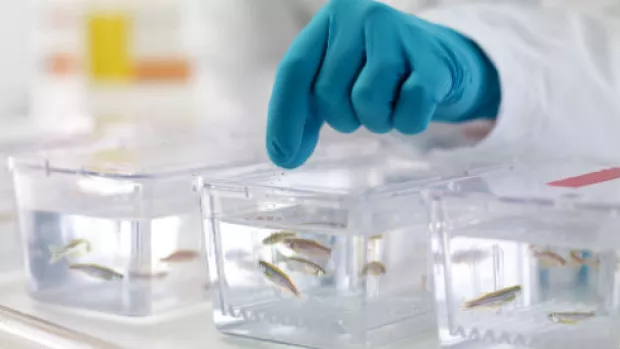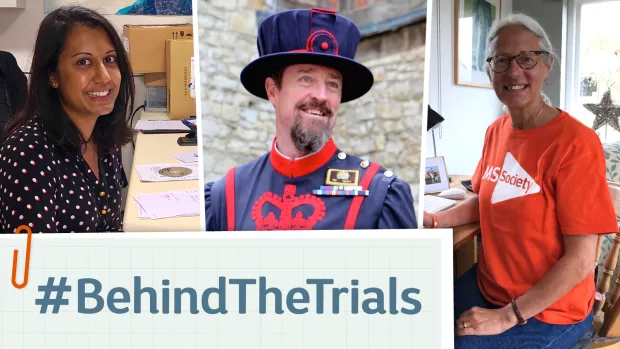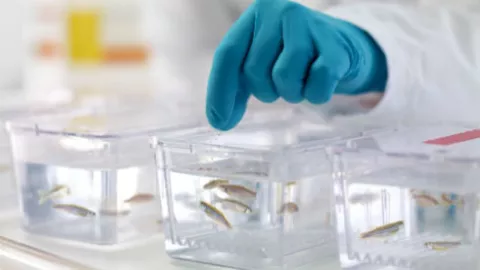
Making a splash in research: from zebrafish to Octopus
Fiona Spencer from the Research Network met Dr Katy Marshall-Phelps from the University of Edinburgh. Fiona wanted to know how Katy’s work feeds into clinical trials for new MS treatments.
As a Research Network member with family living with MS, I'm very aware of how keenly new treatments are anticipated. Progress can feel slow, especially if current treatments don’t benefit you. I asked Katy what’s being done to speed up the investigation of potential treatments. She uses a computerised drug discovery platform to look into drugs that could slow or stop progression in MS.
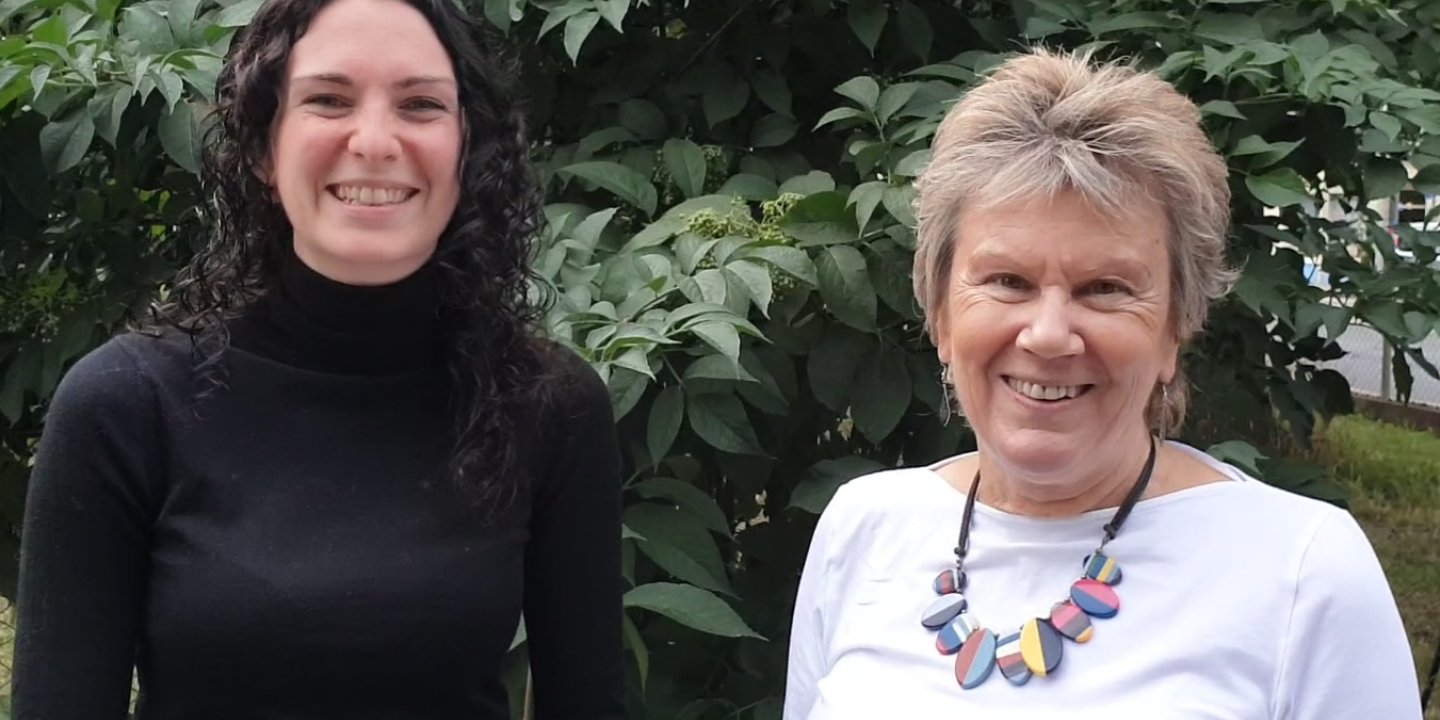
Faster with fish
Katy showed me the tiny zebrafish embryos she uses, which are just a few millimetres long. She explained that zebrafish have similar genes to humans so can mimic aspects of MS. They’re transparent and I could see the brain and spinal cord in the images she showed me. Zebrafish have short life cycles so researchers like Katy can safely test drugs in a whole organism, and find out the results quickly.
The zebrafish are well cared for. Their water is monitored and they're fed a special balanced diet. In Edinburgh, there’s an entire department dedicated to the care of research animals.
Quicker computers
Katy uses the zebrafish in a world-first computerised drug discovery platform. This allows her to carry out a range of tests to get speedier results. She showed me how she moves the fish from their tank into a plastic tray which has 96 little wells. Each well holds two to three zebrafish and contains a drug diluted in water for the fish to absorb. So one tray could test 96 drugs.
Once treated, the fish is transferred to a microscope by a robot. It has a camera which images the fish cells. The computer then analyses the results to see what effect the drugs have had. The whole process takes only 30 seconds for each fish. A scientist always checks the images in case something unexpected shows up!
Using her panel of tests, Katy looks for a specific effect, such as restoring myelin. If this is positive, she’ll do further tests to investigate best doses and possible side effects.
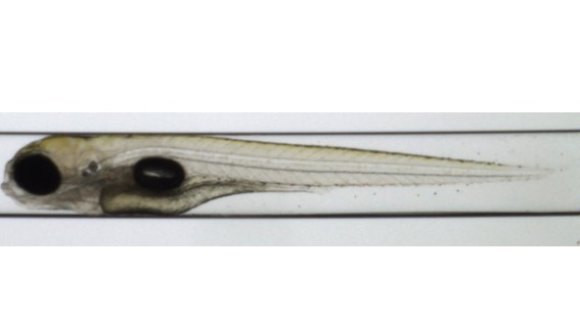
Katy uses the zebrafish in a world-first computerised drug discovery platform.
Octopus and repurposing
Katy explained that scientists working on MS regularly discuss their work together. Pooling expert knowledge helps them select what to test next on the drug discovery platform. This collaboration means a broad view of the research landscape.
Promising drugs which emerge could be tested as treatments in future stages of Octopus. Because Octopus has a flexible design, drugs can slot in as soon as they’re identified. And, researchers are starting with drugs already used for other conditions. This repurposing has advantages because we already know the drugs are safe. They won’t need so many time-consuming regulatory steps for approval later on.
Read more about Octopus, our multi-stage, multi-arm clinical trial for progressive MS here
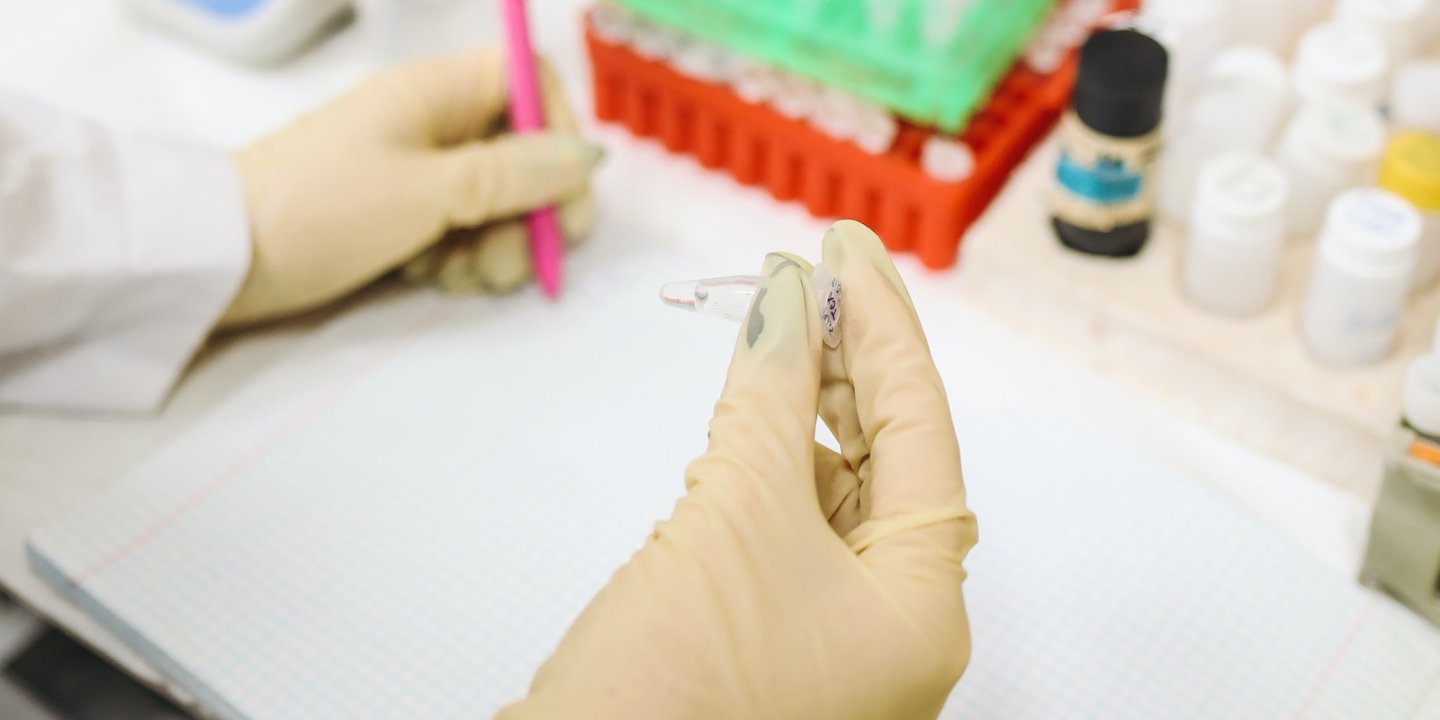
Moving ahead
In the early stages, the development of new drugs often focuses on one aspect of MS, like the loss of myelin. But we know MS is complex. So researchers think testing drugs in combination could be the next step change to accelerate the development of new treatments. With improvements like the drug discovery platform, Katy sees greater potential to investigate this. One trial funded by the MS Society is already investigating if taking metformin and clemastine together can speed up myelin repair.
Listening, I began to see that innovations and the commitment of scientists like Katy are already making a difference. Prospects for the fight against MS are getting brighter.

